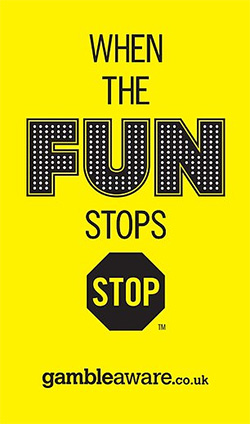Laying Favourites On Betfair
Favourites win a large percentage of races because they are usually the best horses in the field. Laying or either backing favourites blindly will cost you money in the long run as the market is usually right in the long run with the prices of horses on the exchange markets.
You may see susceptible favourites based on a dislike ground conditions, distance, fitness or even poor trainer form but the price will usually reflect this and these factors only increase the price of the horse which you will be wanting to lay.
You really want to be laying a horse at a shorter price than what the market price is but the market is controlled by the weight of money traded on these horses so you probably will not get matched at a good price for you to profit.
Once the market goes in-running the prices then become volatile and the prices of most horses will dramatically increase or decrease depending on how the horse is performing in-running – this is a situation you can profit from by laying horses at much shorter odds in-running.
The price of a horse shortening in-running would generally mean that the horse is running well and more likely to win while the opposite also applies if a horse’s price is increasing as it is looking less likely to win.
By laying the horse in-running at a much shorter price means you have much less of a liability if it the goes on to win the race. If you just blindly laid these horses in-running you would struggle to profit but if you identify horses beforehand that may not perform as well as they look like they will then you will have an advantage.
Horses that have a history of being beaten at short prices are what you need to be looking for. These horses travel well in their races either as front-runners or maybe they come with a late charge looking likely to win but don’t see it out. Instead of laying these types of horses at say 3.0 pre-race you may be able to lay them at 1.4 in-running meaning you would still win the same amount but your liability would be a lot less if it goes on to win. If the horse doesn’t trade down low enough to get matched you haven’t lost any of your own money as you will get your lay stake back.
You can identify horses the trade low in-running on our in-running ratings page. Once you have identified a horse that has been beaten at short prices you need to decide on what is an acceptable price to lay the horse. The bigger lay price you set the greater chance you have of getting matched but your liability is much greater if it does go on to win the race so you need to choose a happy medium based on how low it has traded previously. If it has traded at 10% of its BSP in its last few runs then you can try that again. If its pre-race trading price is around 3.0 then you could look to lay at 1.2 which effectively gives you odds of 10/1. You could set a lay for £50 and if you were matched and it didn’t win the race you will have made £50. If it did win then your liability and loss would be just £5 – if you had laid it pre-race your loss would be £100 so your are reducing your risk massively.
Laying horses this way will result in many small losses as you are laying a horse that is looking likely to win its race and will do so quite often. Many times your lay bet will not get matched at all but you will not have lost anything and it’s much better to miss out on a lay bet than lay a horse at a too big of a price. By targeting just horses that get beat often at short odds in-running you should win more money on those horses than what you lose laying the horses that go on to lose their races.
31 Dec 2014Latest on the Exchanges
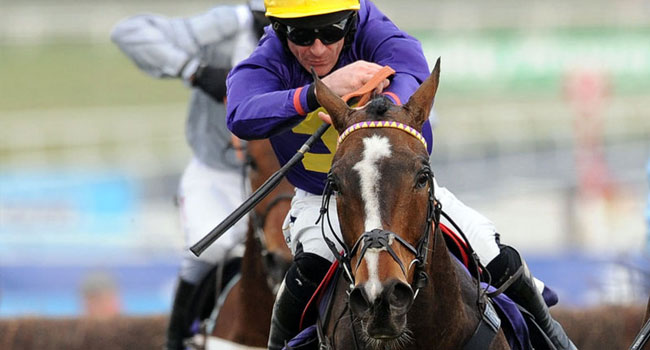
Big Priced Outsiders For The 2018 Grand National
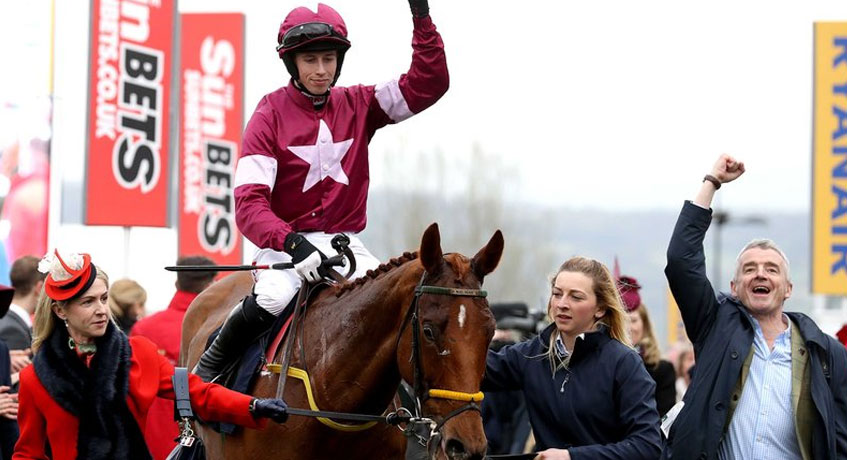
Antepost Preview: Cheltenham Gold Cup 2018
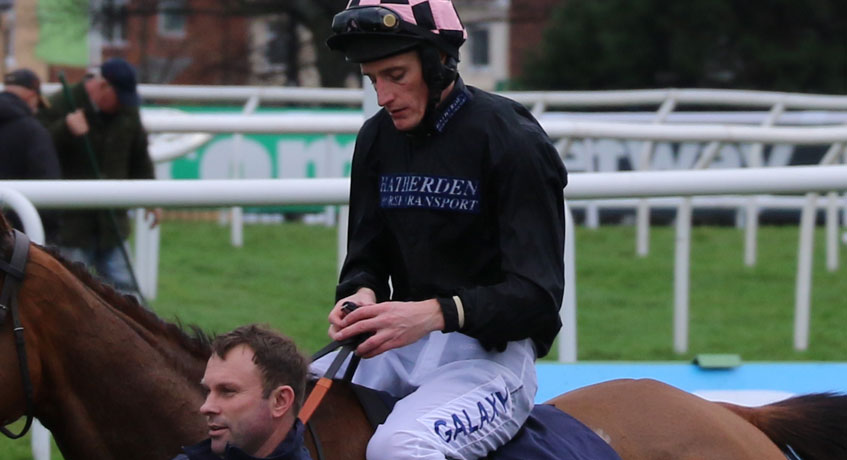
In-running Lays: Back-to-lay Lami Serge and Flying Hope

In-running Lays: Back-to-lay Steel Native, Airlie Beach and Alf N Dor
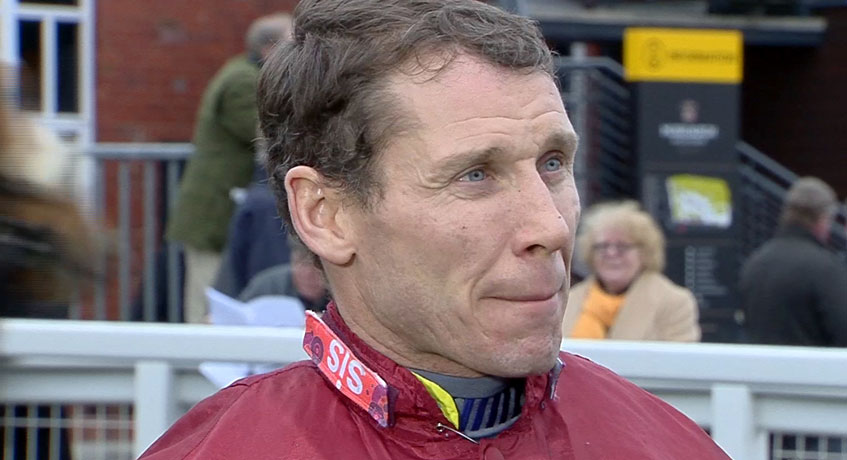
In-running Lays: Back-to-lay Cloudy Bob at Kempton
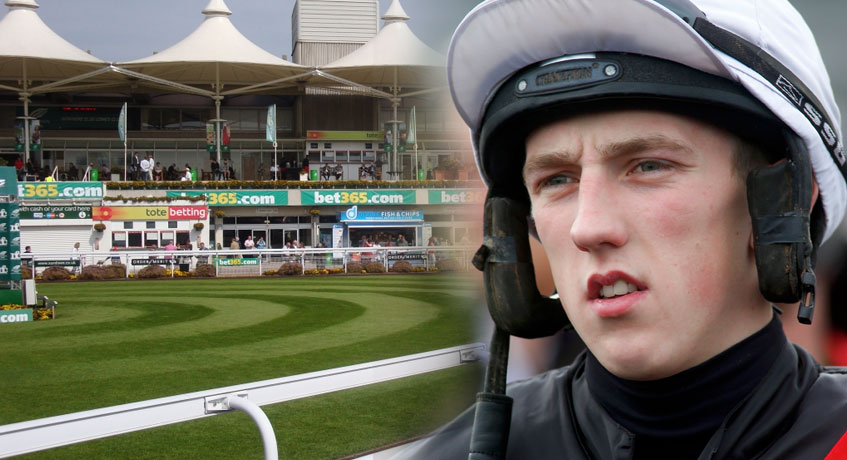
In-running Lays: Back-to-lay Tulpar, Come On Dave and Loose Chips
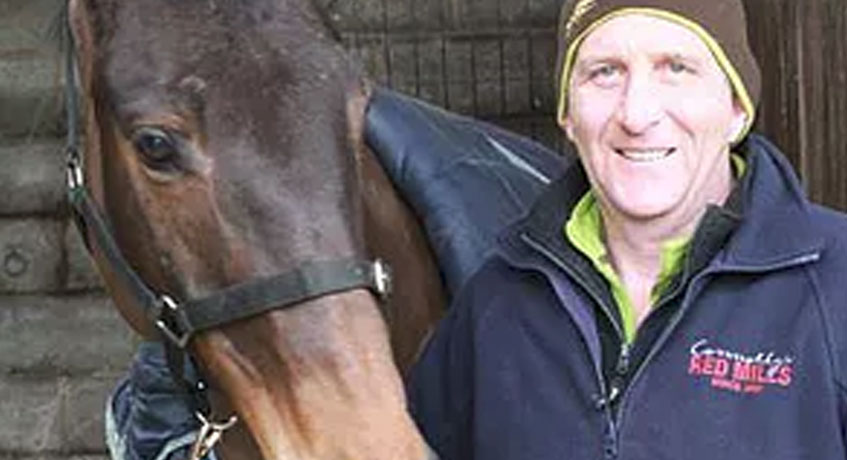
In-running Lays: Back-to-lay Brian Boranha and Caprice D’Anglais
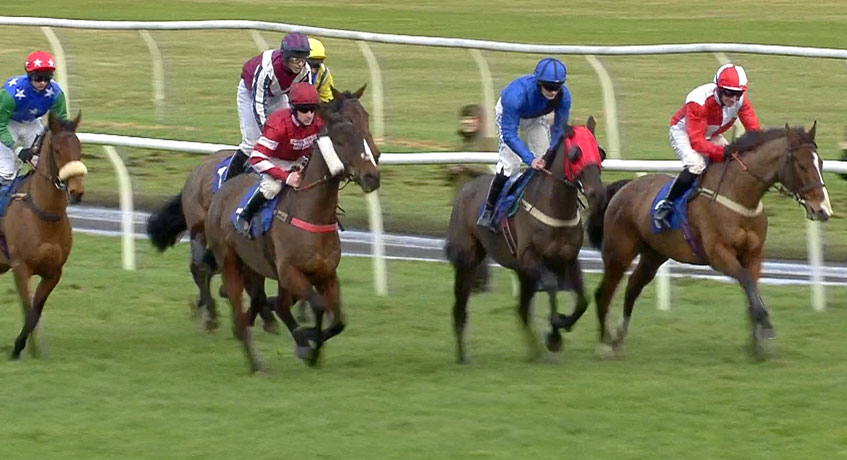
In-running Lays: Back-to-lay Charlie Stout and Doitforthevillage

In-running Lays: Back-to-lay Any Currency at Cheltenham
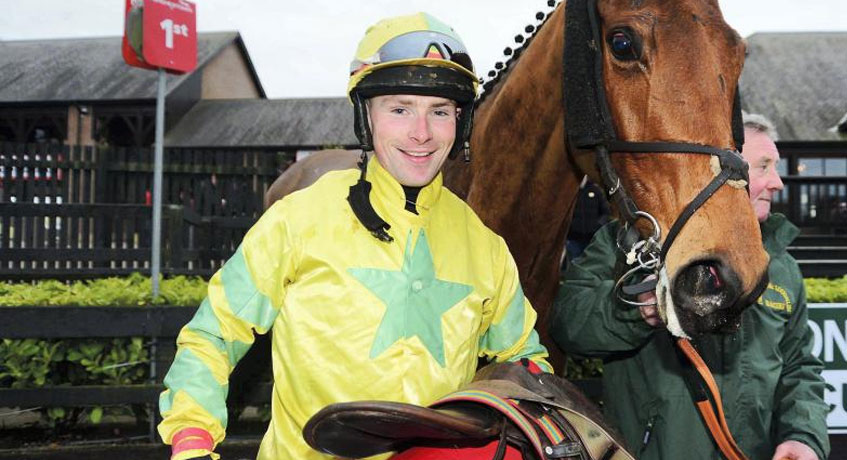
In-running Lays: Back-to-lay Wee Small Hours at Fairyhouse

In-running Lays: Back-to-lay Bigirononhiship and Rhymers Stone
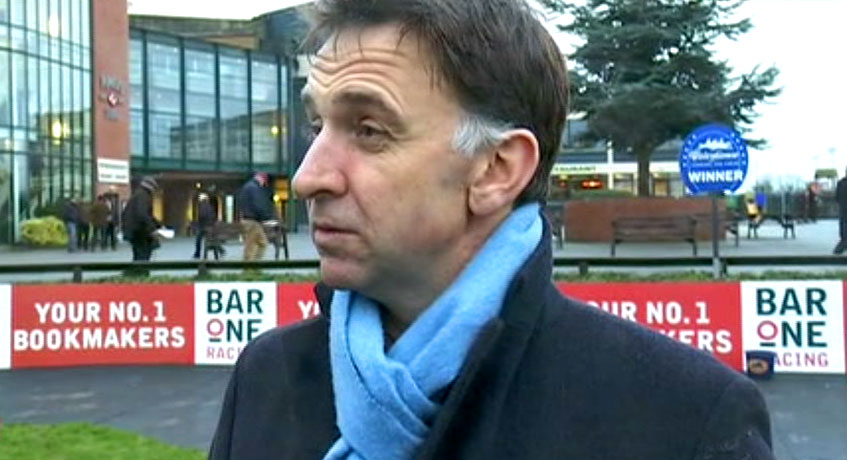
In-running Lays: Back-to-lay Aliser D’Irlane
© Copyright 2017 Pitboss Gaming


